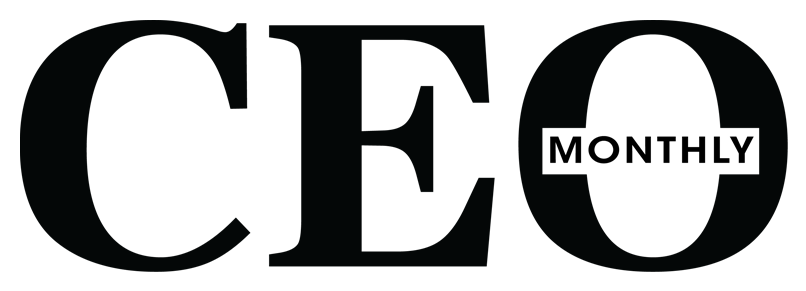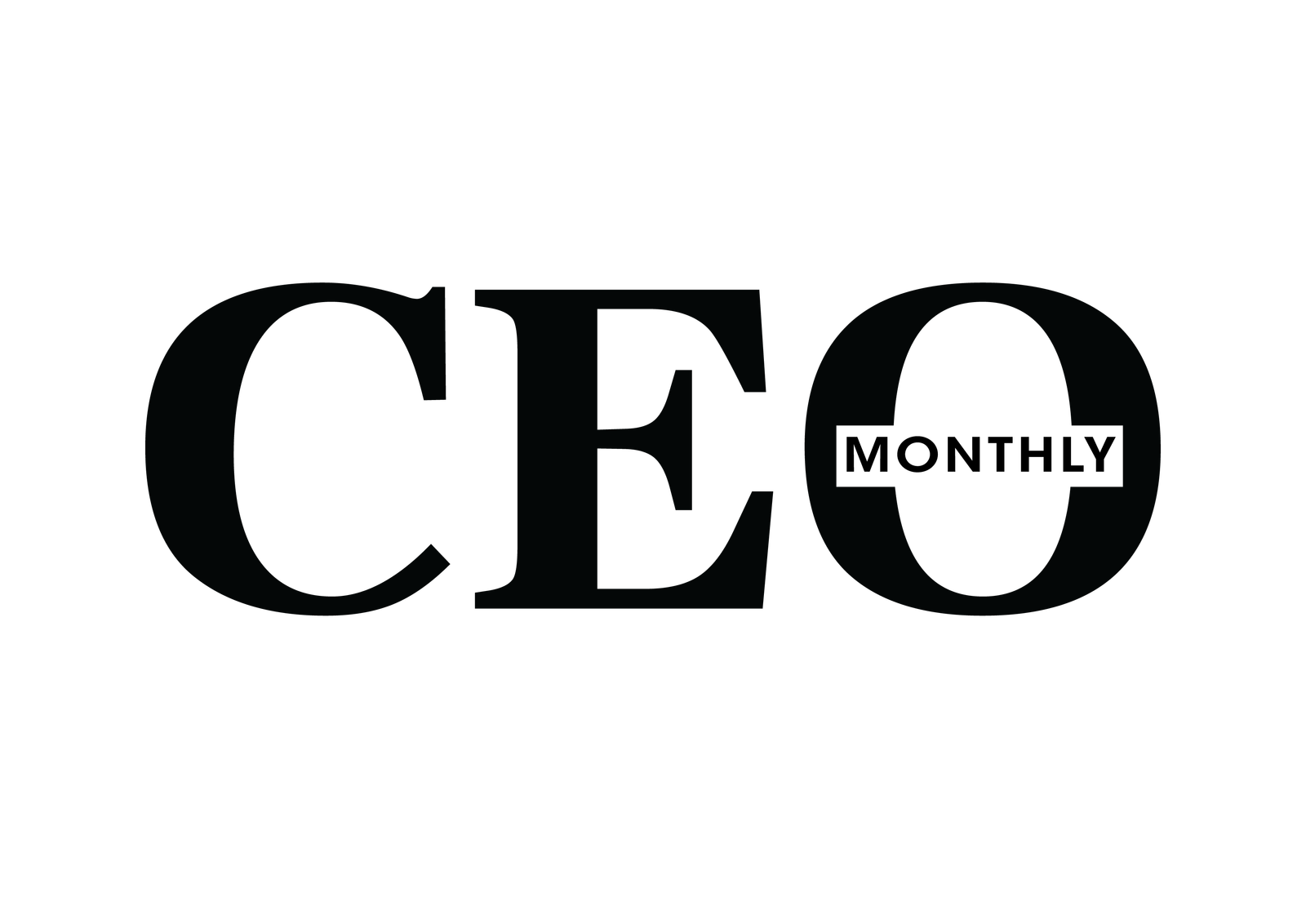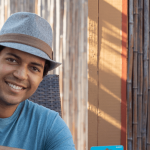“A CEO is someone who has a clear vision, which it can convey in a compelling way so that employees, customers and partners are all on-board to create successful synergies.”
Alessio Lorusso
Alessio Lorusso (Forbes 30 Under 30), is the CEO and founder of Roboze, the most accurate 3D printing technology in the world for high-performance super polymers and composites. At age 17, applying the know-how acquired from his mechatronics family trade, he built his first 3D printer without belts, marrying the latest 3D printing technology with traditional mechatronics engineering.
Thanks to that first invention, Alessio was able to start Roboze, which now employs over 100 people and has subsidiaries in Germany and the United States (Houston, TX).
NO child ever says I want to be a CEO when I grow up. What did you want to be and how did you get to where you are today? Give us some lessons you learned along the way.
Alessio Lorusso: I always had a passion for science and technology. However, as a teenager, my family was pressuring me to work in Finance, but I could not bear the idea of looking at spreadsheets day in and day out. At 17, I was exposed to 3D printing for the first time, and I saw that this technology combined my passion for mechanics, electronics, chemistry, and physics all in one. Even though going into Finance would have been the safer choice for me, I decided to follow my dream and that courage to take a risk combined with a lot of hard work is what shaped who I am today.
Tell us about your business, what does the company do? What is unique about the company?
Alessio Lorusso: Roboze is the most accurate 3D printing technology in the world for high performance super polymers and composites. It started based on my first invention which I called it Roboze One, the first-of-its-kind 3D printer with a beltless system. This innovation eliminated the issues linked to the rubber belts regularly used in desktop 3D printers: distortion, wear, inaccurate repeatability, and the need for frequent calibrations. Today, several innovations later, we are at the forefront of not only 3D printing technology but also environmental impact and energy emissions reduction.
How to become a CEO? Some will focus on qualities, others on degrees, how would you answer that question?
Alessio Lorusso: A CEO is someone who has a clear vision, which it can convey in a compelling way so that employees, customers and partners are all on-board to create successful synergies.
What are the secrets to becoming a successful CEO? Who inspires you, who are your role models and why? Illustrate your choices.
Alessio Lorusso: I have always admired Steve Jobs and Elon Musk. They are two visionary CEO’s from different eras who both changed the world we live in. They both faced disbelief and even scorn when they first started proposing their visions but thanks to a mix of communication and well thought-out implementation the revolutionized our lives.
Many CEOs fall into the trap of being all over the place. What are the top activities a CEO should focus on to be the best leader the company needs? Explain.
Alessio Lorusso: I agree, as a CEO it’s easy to be constantly pulled in different directions. As the head of the company you oversee all aspects of it and every department has ideas, input, problems and solutions that you need to assess one by one and within the context of the entire company. In order to avoid being all over the place, a CEO should learn to delegate as many non-critical tasks as possible and concentrate on the few activities that impact the direction of the company. Mainly, focus on those activities that affect the company’s growth to make sure that they align with its vision and positioning (innovations, partnerships, M&A, trends…) while leaving the micromanaging to each department’s manager.
The Covid-19 Pandemic put the leadership skills of many to the test, what were some of the most difficult challenges that you faced as a CEO/Leader in the past year? Please list and explain in detail.
Alessio Lorusso: As a B2B company, pre-Covid-19, we used to do most of our business development in person through conferences, trade shows and client/prospect visits. The pandemic has certainly stopped that for many months and even now the in-person meetings are not back to what they used to be. This new reality has compelled us to revamp our website, and increase our online presence through webinars, white papers, zoom meetings as well as heightened marketing and PR activities.
Additionally, even though, being a global business we have always had a virtual workforce, we now have a hybrid team even with employees that used to come to the office every day and because of the pandemic have now opted to continue working from home full or part-time for various reasons. This new work environment demanded that we all learn how to manage hybrid teams in terms of communications frequency and engagement. In my case, at the beginning, the people who used to be at the office and went virtual were emailing me to ask for approval for a diverse range of tasks. That was an inefficient way to operate. To solve this problem, I had to start delegating more and set up periodic meetings to keep everyone engaged and make them feel part of the team.
What are some of the greatest mistakes you’ve noticed some business leaders made during these unprecedented times? What are the takeaways you gleaned from those mistakes?
Alessio Lorusso: Some business leaders thought that we could just go back to business as usual without thinking about the trauma our society experienced at a global level. What I learned is that we needed to care more openly for the safety and physical and mental wellbeing of our employees. During the pandemic one thing became clear more than ever before: our employees were key to our company’s success. As the lockdowns went away, some employees were happy to keep working from home while others missed the office.
Therefore, we decided to try our best to accommodate as many people as possible by keeping a hybrid workplace. As a result, we could show them that we care about their wellbeing and want them to work in the environment that best suits their needs. I must say that thanks to this decision, we have seen productivity gains.
In your opinion, what changes played the most critical role in enabling your business to survive/remain profitable, or maybe even thrive? What lessons did all this teach you?
Alessio Lorusso: One critical change that helped us survive and thrive was to enhance and reinforce our online presence in order to reach our customers, prospects and partners despite the lack of trade shows, conferences and sales meetings. Another change that allowed us to grow was understanding that we are in the middle of a paramount societal shift where the green economy is going to replace what we have now. As a result, we launched two specific programs that address this new world trends. In 2021, we launched ROBOZE 3D Parts, a subscription-based program that brings manufacturing of 3D finished parts close to the point of use reducing related transportation emissions by at least 30%.
In 2022, we are launching a new circular economy program that will enable our customers to recycle their waste material and used 3D printed parts through us. What I learned form all this is the importance of being flexible and ready to adjust to new market demands, and try to monitor and understand what trends will drive our world.
What is the #1 most pressing challenge you’re trying to solve in your business right now?
Alessio Lorusso: As a company we have come out of the pandemic stronger and growing faster than before. In October 2020 we opened our US headquarters in Houston, TX and we believe we will keep growing in the US at a very fast pace. Our biggest challenge to date could be the labor shortages that plague all businesses in the US at the moment. We have not experienced it yet but we expect that it could happen as we will need to hire more people to keep up with growing demand. As a result, we are determining how to compensate for potential labor shortages by turning to automation and robotics to stay competitive.
You already shared a lot of insights with our readers and we thank you for your generosity. Normally, leaders are asked about their most useful qualities but let’s change things up a bit. What is the most useless skill you have learned, at school or during your career?
Alessio Lorusso: Listening to people. Internally, listening to my employees opinions and suggestions gives me good ideas from people in the field, who face specific problems every day and maybe they have ways to solve them well because they are familiar with all the related details. At the same time, people feel more engaged when I listen to them which means that I values their input. Externally, I am always listening to my customers and partners and many of our most successful innovations are the product of my listening to what my customers suggested either directly on indirectly.
Thank you so much for your time but before we finish things off, we do have one more question. We will select these answers for our ValiantCEO Award 2021 edition. The best answers will be selected to challenge the award.
Share with us one of the most difficult decisions you had to make, this past year 2021, for your company that benefited your employees or customers. What made this decision so difficult and what were the positive impacts?
Alessio Lorusso: When I decided to drive sustainability within our company’s strategy it meant that we had to make major changes in the way we assess the products and services we provide, as well as our overall vision. As a Millennial myself, I understand that the world is changing and we need to run a businesses responsibly, and transparently in order to meet the demands of the future. As a result, we are now aligning our strategy with sustainability objectives. The initial positive impacts have been the launch of three new programs that aim at reducing our environmental impact: Roboze 3D Parts (creating high-performance finished parts On Demand near the points of use, cutting on transportation-related emissions), Roboze circular economy program (recycling of used filaments), and HR Sustainability policies that have led to favoring WFH for a large portion of our employees.
These decisions are difficult initially because you need to bring everyone on-board and, even though most of our employees belong to a generation that appreciates the need for building sustainable products and following sustainable practices, it is still a significant change of that sometimes can encounter resistance from within. However, ones we started taking the first steps towards sustainability, people felt generally very proud of being part of a company that is on the path to grow in an environmentally responsible way.
Lenora Hatfield
I'm Lenora Hatfield, a seasoned writer specializing in the realms of business, finance, leadership, and corporate governance. With a keen interest in the dynamics of organizational success, I delve into topics such as marketing strategies and workforce development to offer practical insights and actionable advice.



